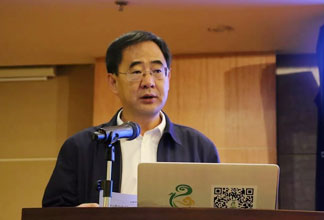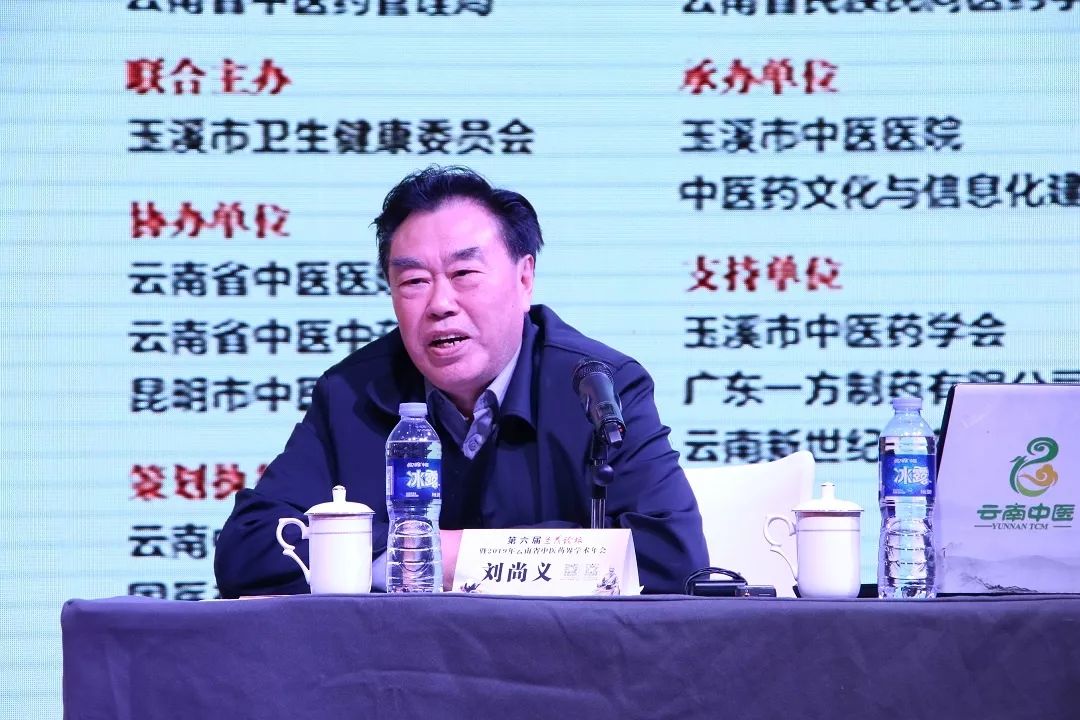王祖红 李丽 郭春艳 金宇 消潇 范梦蝶
(昆明市中医医院)
[摘要] 目的:观察管氏舌针结合颅底七穴治疗缺血性脑卒中后失语症的影响,探讨临床优效治疗方法。方法:将60例患者随机分为治疗组和对照组,各30例。治疗组予管氏舌针结合颅底七穴,对照组予普通针刺,两组均每周五次,休息2天。其中,金津、玉液、中矩,每次选2穴,以出血为度,每周2次。于治疗前和治疗后采用语言功能评分和BDAE量表评定。结果:治疗组总有效率为86.67%(26)优于对照组73.33%(22),差异有统计学意义(P<0.05)。结论:管氏舌针结合颅底七穴治疗缺血性脑卒中后失语症临床有效,可为临床提供优效治疗方法。
[关键词] 缺血性脑卒中后失语;管氏舌针;颅底七穴;临床疗效
Clinical study on the treatment of aphasia after ischemic stroke with guan's tongue needle combined with seven points of skull base
Wang Zuhong1,Li Li,Guo Chunyan,Li Li,Jing Yu,Xiao xiao,
Fan Mengdie
(Kunming Municipal Hospital of Traditional Chinese Medicine, Kunming 650500)
[abstract] objective:to observe the effect of guan's tongue needle combined withseven points of skull base on the treatment of aphasia after ischemic stroke, and to explore the clinical optimal treatment methods.Methods:60 patients wererandomly divided into treatment group and control group,30 cases each.The treatment group was given tongue acupuncture combined with seven points of skullbase,while the control group was given ordinary acupuncture.Both groups were given five times a week and rested for 2 days.Among them,Jin jin,Yu ye and Zhong ju were selected at 2 points each time,with bleeding as the degree,twicea week.Language function score and BDAE scale were used before and after treatment.Results:the total effective rate of the treatment group was 86.67% (26),which was better than that of the control group 73.33% (22),and the differencewas statistically significant (P<0.05).Conclusion:guan's tongue needle combined with seven points of skull base is effective in the treatment of aphasia after ischemic stroke.
[key words] Postischemic stroke aphasia;guan's tongue needle;Seven points of skull base;Clinical curative effect
缺血性脑卒中后失语症是由于脑组织缺血导致大脑半球语言及其相关中枢受到器质性损伤的语言认知障碍性疾病[1]。缺血性脑卒中属于中医“中风病”,失语症归属“风癔、喑痱、风喑”等病名。失语是中风后常见的严重并发症之一,约30~38%的中风病人合有失语症,且多为运动性失语[2],据国外文献记载,中风所致失语的发病率约为21%~38%。国内研究报道指出,约有25%的脑血液循环障碍性疾病患者伴有言语障碍,在此基础上约60%患者在交流上存在问题。言语交流是日常交流和沟通的必要工具,也是人类最基本、最重要的一种生存能力和社会行为,社会的存在和发展不能没有语言交流。若因为疾病而引起语言交流障碍,将会严重影响患者的生活质量,给社会和家庭带来负担。因此,积极治疗缺血性脑卒中后失语症是临床急需解决的。
1 临床资料
1.1 一般资料
选自2018年1月至2019年1月在昆明市中医医院针灸科门诊就诊的患者,签署知情同意书后符合纳人标准的60例患者,按随机对照原则分两组,各30例,两组患者一般资料比较无统计学意义的差异(P>0.05),见表1。

1.2 诊断标准
(1)缺血性脑卒中
主要依据《中国急性缺血性脑卒中诊治指南2014》[3]诊断标准确定。
(2)失语症
参照《汉语失语症检查法》[4]。
1.3 纳入标准
(1)符合诊断标准,病程在6个月以内;
(2)发病时意识清楚,生命体征平稳,病情基本稳定,各项指标正常,定向力基本完整,并且无明显记忆障碍、智力障碍和听力障碍,能够配合语言评定检查及康复训练者,愿意接受针灸治疗者;
(3)无发音器官受损所致的构音障碍;
(4)母语为汉语普通话;
(5)经头颅CT或MRI证实为脑出血或脑梗死;
(6)年龄在40~75岁之间;
(7)签署知情同意。



